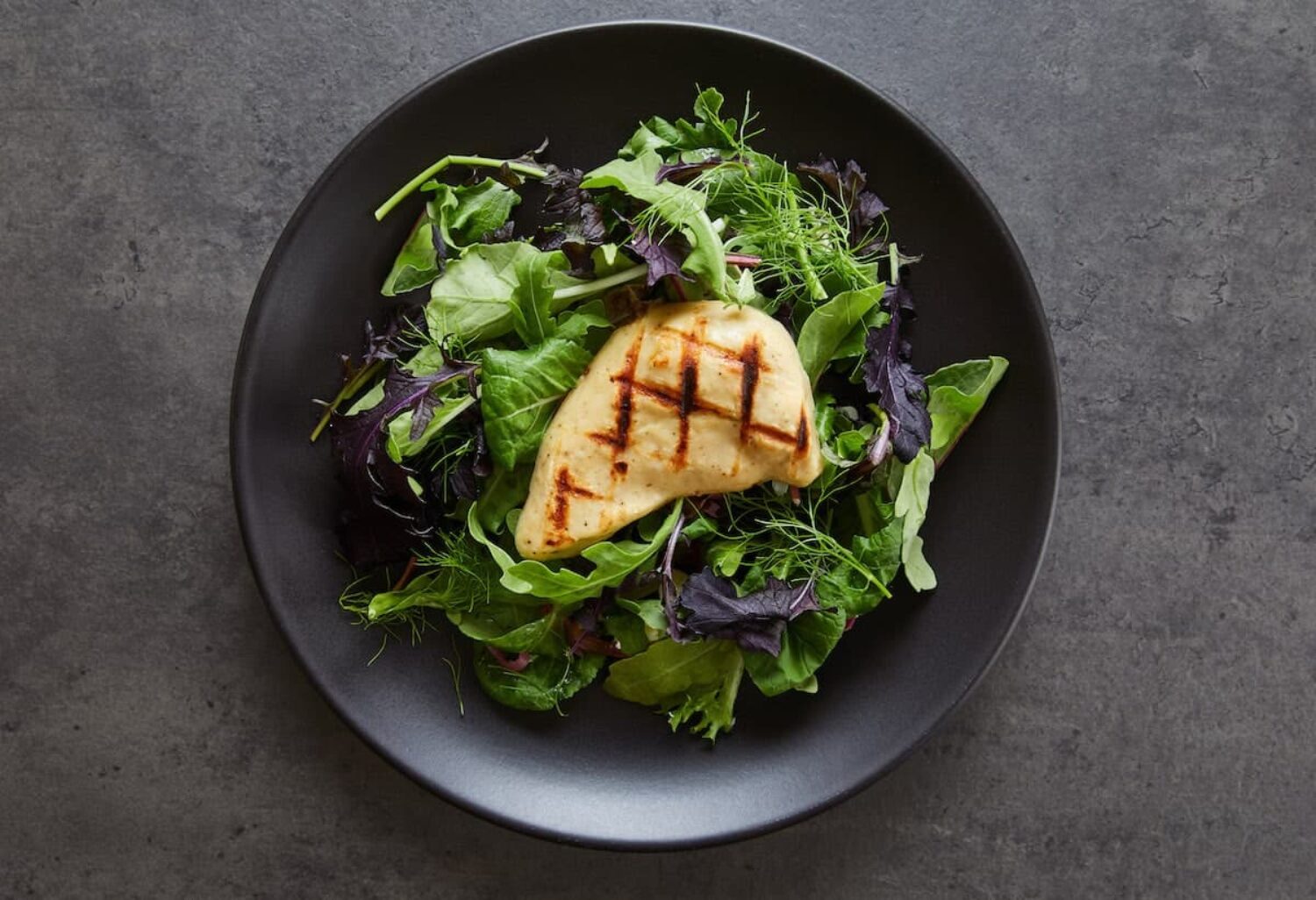
One fifth of all meat worldwide is given to pets. What if it could be grown in labs? It will soon be available in the UK
“As fit as a… food scientist’s dog,” said nobody, ever. But soon they might do – this week a company launched to bring lab-grown pet food to market in the UK.
Pets can have a huge impact on the environment despite all the joy they bring. It’s estimated that around one fifth of the meat produced globally is fed to domesticated animals, meaning Fido is unwittingly contributing to climate change and biodiversity loss.
Perhaps not for long. Two innovators in the field of food tech have started a business to bring cultivated pet foods to the UK. Cultivated meat is produced in labs using cells from animals that have not been raised or slaughtered.

The joint venture between Roslin Technologies and Agronomics is Good Dog Food.
Its chairman, Jim Mellon, said: “As a dog owner I have been looking for high-quality meat alternatives to provide to my dogs. Cellular agriculture, which is the production of pet food, is an untapped segment of the agricultural market. We are delighted to be able to announce our first joint venture in the cultivated meat field, to focus on the production of cultivated pet food.”
Singapore has already seen lab-grown meat for human consumption. Diners can enjoy chicken in peace knowing that no animal was hurt in the process.

Singaporeans can enjoy lab-grown chicken breasts. Image: Eat Just
According to Eat Just, the company behind it, the Singapore chicken requires 78 percent less water and 95% less land than conventional chicken. It also emits 92 percent less CO2 emissions.
It is urgent that we eliminate conventional meat from our diet, as livestock accounts for 14.5 percent of human-induced greenhouse gases emissions.
It remains to be determined, however, if lab-grown meat is the answer. Cost and scalability are major hurdles for the industry – lab-grown meat is still significantly more expensive than the regular stuff and hard to produce in the same quantities.
There is also the issue with regulatory approval. However, this should be much easier for pet food. It is another matter whether the pooch approves.
Main image: James Barker
